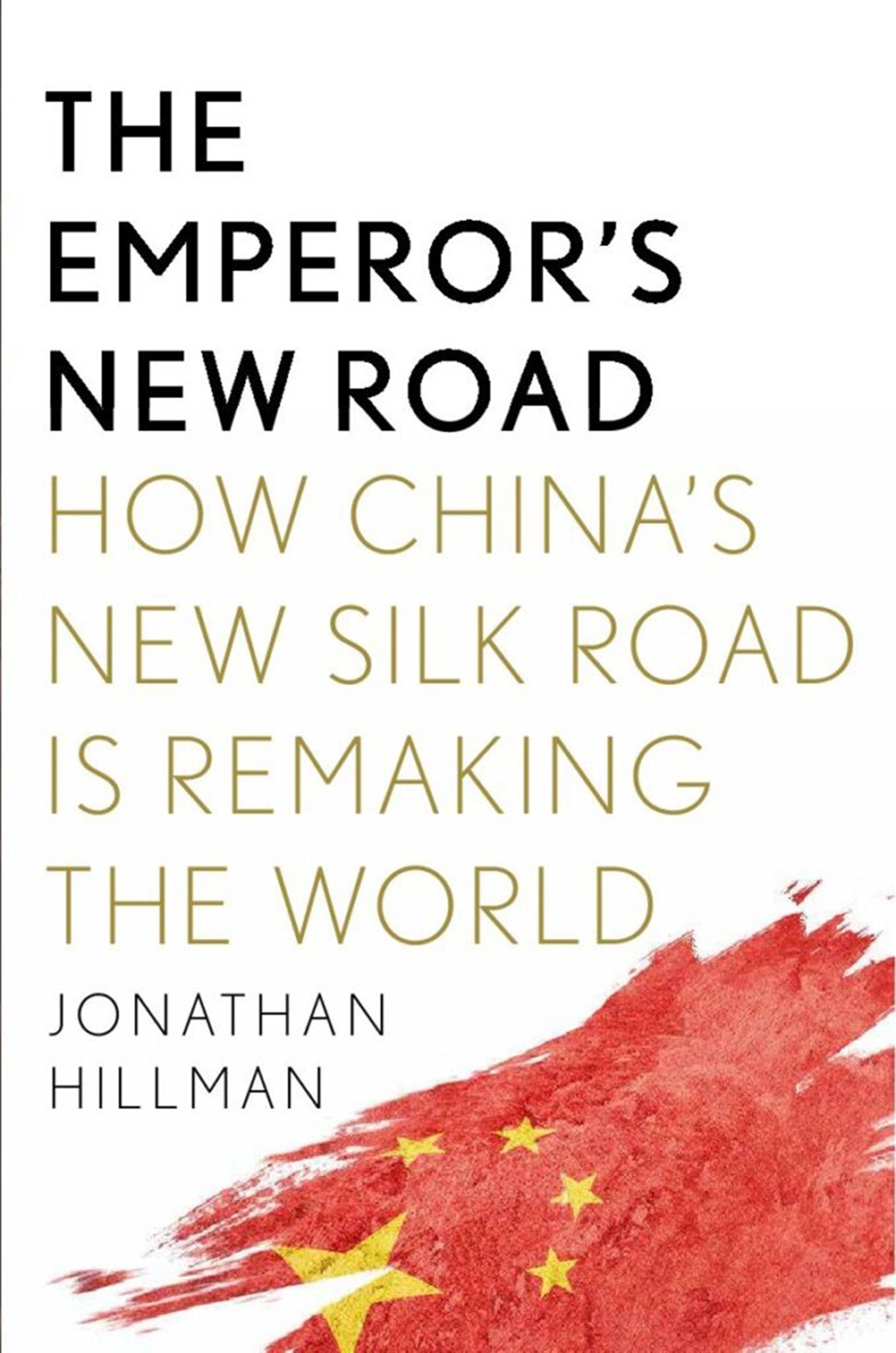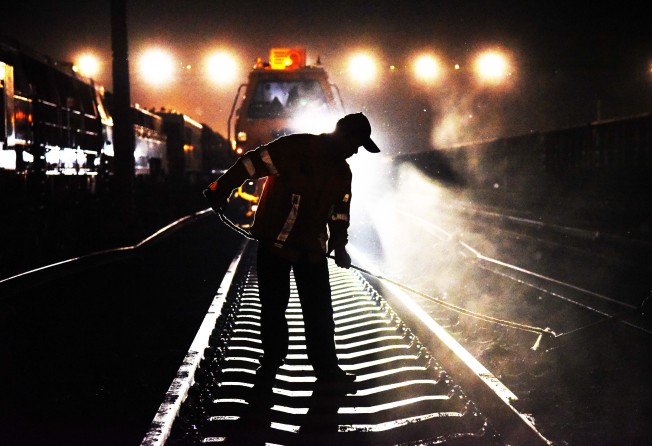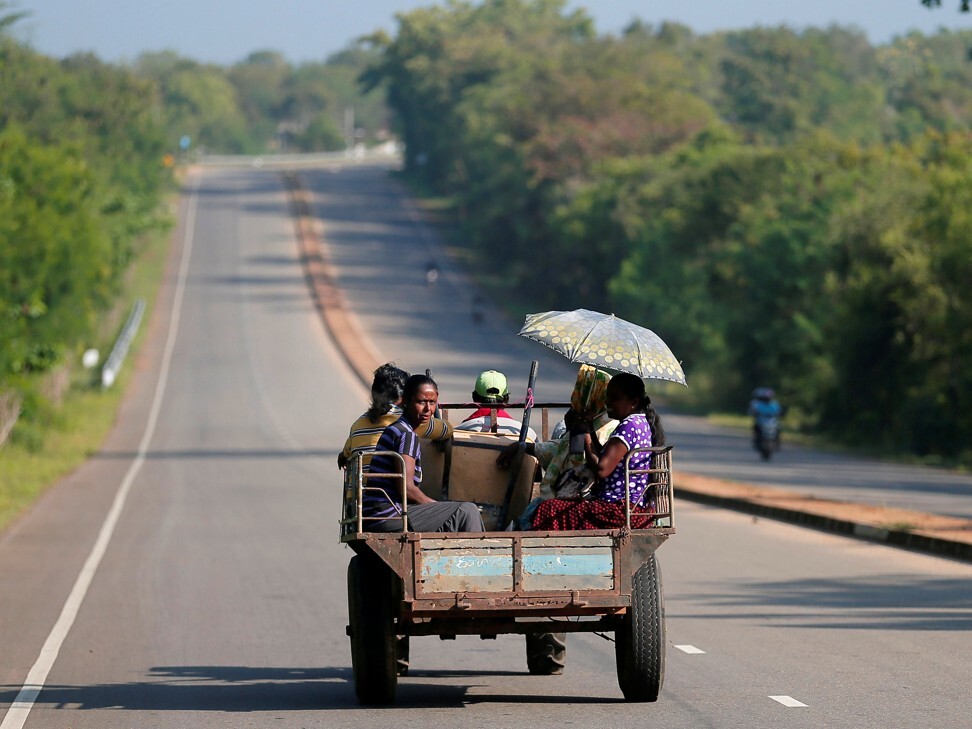
The Emperor’s New Road: the inside story of Xi Jinping’s Belt and Road Initiative
Jonathan Hillman’s new book offers a reality check on Beijing’s global infrastructure projects, describing: ‘Ports without ships, trains without passengers, airports without flights, and free trade zones largely free of trade’

The Emperor’s New Road by Jonathan Hillman, Yale University Press. 4.5/5 stars
Wherever in the world you live it’s likely Chinese President Xi Jinping’s signature foreign policy, the Belt and Road Initiative, promised to bring some benefit or other to your door in the near future. Innumerable development projects have been announced: new roads, railway lines, ports and fibre-optic cables, with all routes leading to China. More than 130 countries have signed up, and US$1 trillion of investment has been announced.
In The Emperor’s New Road, Jonathan Hillman, of United States think tank the Centre for Strategic and International Studies, sets out to explain the initiative, and manages to make its dry politics and economics unexpectedly entertaining.
His account is the antithesis of the monotonously upbeat announcements broadcast from China almost daily. He finds striking parallels between China’s present projects and Europe’s past colonial expansion, and describes political pratfalls aplenty.

No mere desk-bound theoretician, he provides personal accounts of visits to key projects across Africa and Asia, struggles with bureaucracy and mutual suspicion at China’s borders, bringing all their logistics to life. Contrary to the dreary enthusiasm of official accounts, he sees ports without ships, trains without passengers, airports without flights, and free trade zones largely free of trade.
While Western commentators decry the threat they see posed by China’s economic expansion, Hillman’s account suggests there’s little to fear. This is not because China’s Belt and Road Initiative is benign – he provides plenty of evidence to the contrary – but because it lacks any sign of clear vision or strategy. Not even Chinese entities, whether ministries, banks or state-owned enterprises, agree on what it is. More than 100 Chinese think tanks are dedicated to studying it.
The “belt” refers to improved overland links between Europe and Asia, with much mention of Silk Roads, although even South American and African countries have signed up. The “road”, confusingly, is a maritime link to Europe via the Suez Canal.
“Its purported aims are to deepen trade, investment, policy coordination, and even cultural ties,” writes Hillman. But it is so vague an idea that projects started long before it was conceived now carry the Belt and Road Initiative label, as do ones in the Arctic, cyberspace and even outer space.
“Belt and Road” has become a brand name to be attached to just about anything.
China’s largest state-owned companies, typically led by vice-ministers with political clout, push ahead with projects even when they have been instructed not to do so. Self-serving local politicians reject cost-effective infrastructure upgrades and accept risky levels of debt to have a shiny new headline-making facility to announce, usually just before election time.
Both sides exploit the lag between opportunity and accountability. When the bill comes due, it will be someone else’s problem
As Hillman tartly explains, “Both sides exploit the lag between opportunity and accountability. When the bill comes due, it will be someone else’s problem.”
None of this suggests an overarching long-term policy or its effective implementation.
Foreign pundits commonly assume that even China’s seemingly bottomless appetite for construction is reaching satiety, and the aim of the Belt and Road Initiative is to keep seven of the world’s 10 largest construction companies and their vast workforces busy. Others see a coordinated policy of “debt diplomacy”, intentionally loading smaller economies with unsupportable debt to gain strategic influence.
“Foreign-policy experts have a habit of seeing strategy where it does not exist, viewing their competitor’s actions as more coordinated than they are in reality,” Hillman says.
In the now notorious case of the Chinese-built Sri Lankan port of Hambantota, Chinese companies took the money, indifferent to the completed project’s economic unviability, while local politicians reaped short-term financial and political benefits.

Chinese officials failed to perform due diligence on loans that added to an existing mountain of foreign debt. Delays would perhaps have been unwise because Belt and Road Initiative projects are linked to Xi’s reputation.
“Everyone took something for themselves, eagerly and without much care for the longer-term repercussions. It was chaotic, not strategic,” Hillman says.
As with construction in China itself, quantity is favoured over quality, and mega projects offer unrivalled opportunities for kickbacks, bribery and theft.
Facing Sri Lanka’s default, China unexpectedly ended up with a 99-year lease on a white elephant, which gave other countries pause for thought about their own Belt and Road Initiative projects. Sri Lanka’s pro-China government was voted out, as were those in similarly exposed Malaysia and Pakistan.

As Hillman demonstrates with references to three mega projects completed in 1869, China is repeating the mistakes of former colonial powers. Similar overly intimate relationships between government and business interests produced the corruption-laden and commercially unviable US transcontinental railway.
The construction of the Suez Canal profited neither the heavily indebted Egyptians nor the French who built it, but mostly British trade with Asia. A long-distance telegraph line from London to Kolkata supported British colonial rule but also carried information that helped bring about its downfall.
China still complains about foreign exploitation in the 19th and early 20th centuries. To build its railways it took out foreign loans at ruinous rates, which, by 1931, constituted half its foreign debt, much of it in default. It complains of being a victim of the same predatory lending practices it now presses on others.
And as Hillman makes clear, to many of them the belt now appears to be a noose, and the road a road to nowhere.